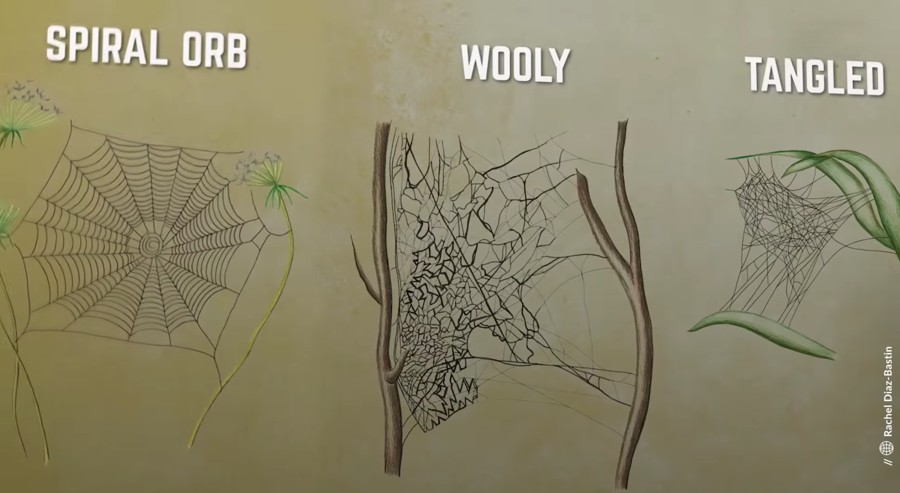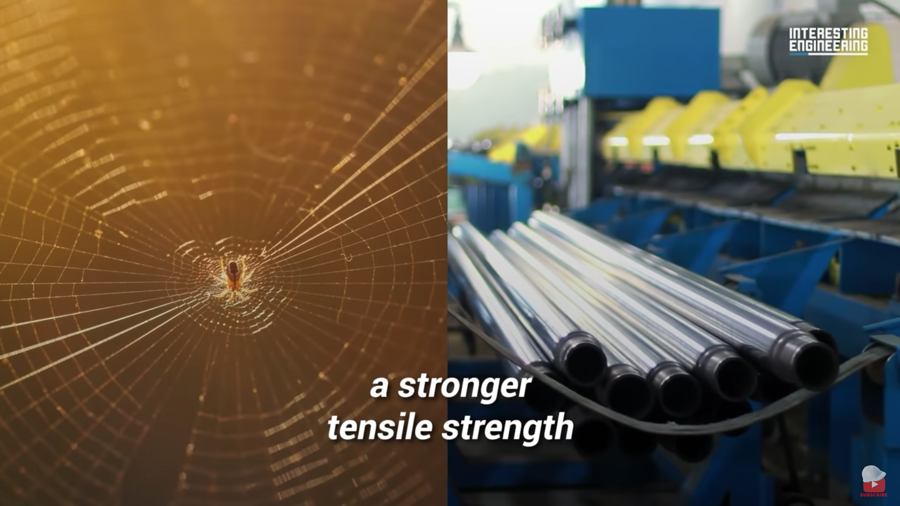What exactly is spider silk and how is it so strong? This Interesting Engineering video takes a closer look at the different types of silk produced by spiders, one of nature’s first engineers.
“Since spiders first crawled more than 200 million years ago they have been weaving all kinds of intricate webs for a wide range of uses: Spiral orb webs, woolly webs, tangled webs, sheet webs, funnel webs, and more. But spiders use their silk for more than just web building; they also use it to hunt, secure their prey, in mating, for transportation, to protect their eggs, and to hide from predators.”
“In fact, most spiders don’t even build webs. Some use the silk for other constructions such as trap doors, complete with hinges to hide from and then pounce on unsuspecting prey, or to build silken tunnels up the sides of trees. The silk they use to spin these webs isn’t just versatile, it’s also incredibly strong. Although each strand of spider silk is much thinner than a strand of human hair, it has, pound for pound, a stronger tensile strength than many types of steel.”
A quick summary from the American Chemical Society:
“Spider silk is a protein fiber. Major amino acids in the silk proteins are alanine and glycine. Serine and praline are also present in significant quantities in some types of silk. Glycine-rich regions give spider silk its elasticity, forming amorphous areas in its structure. Alanine-rich regions link together through hydrogen bonds to form crystalline areas that give spider silk its strength.”
Inspired by that strength and elasticity, materials scientists at the University of Cambridge created to create synthetic spider silk that’s less energy-intensive than traditional silk farming and more eco-friendly than plastic-based textiles like polyester, rayon, nylon, and acrylic. The hydrogel is 98% water + silica and cellulose, making it biodegradable.
Could this human-made silk be mass-produced to make protective clothes, parachutes, or even surgical sutures?
Watch these related videos next on TKSST:
• The incredibly strong (and massive) web of the Darwin’s bark spider
• The turret spider’s camouflaged towers
• Stretching strands of spider silk for science
• What semi-secret spider trick can help us save birds?
• Life Cycle of the Silkworm, a time-lapse
Curated, kid-friendly, independently-published. Support this mission by becoming a sustaining member today.




